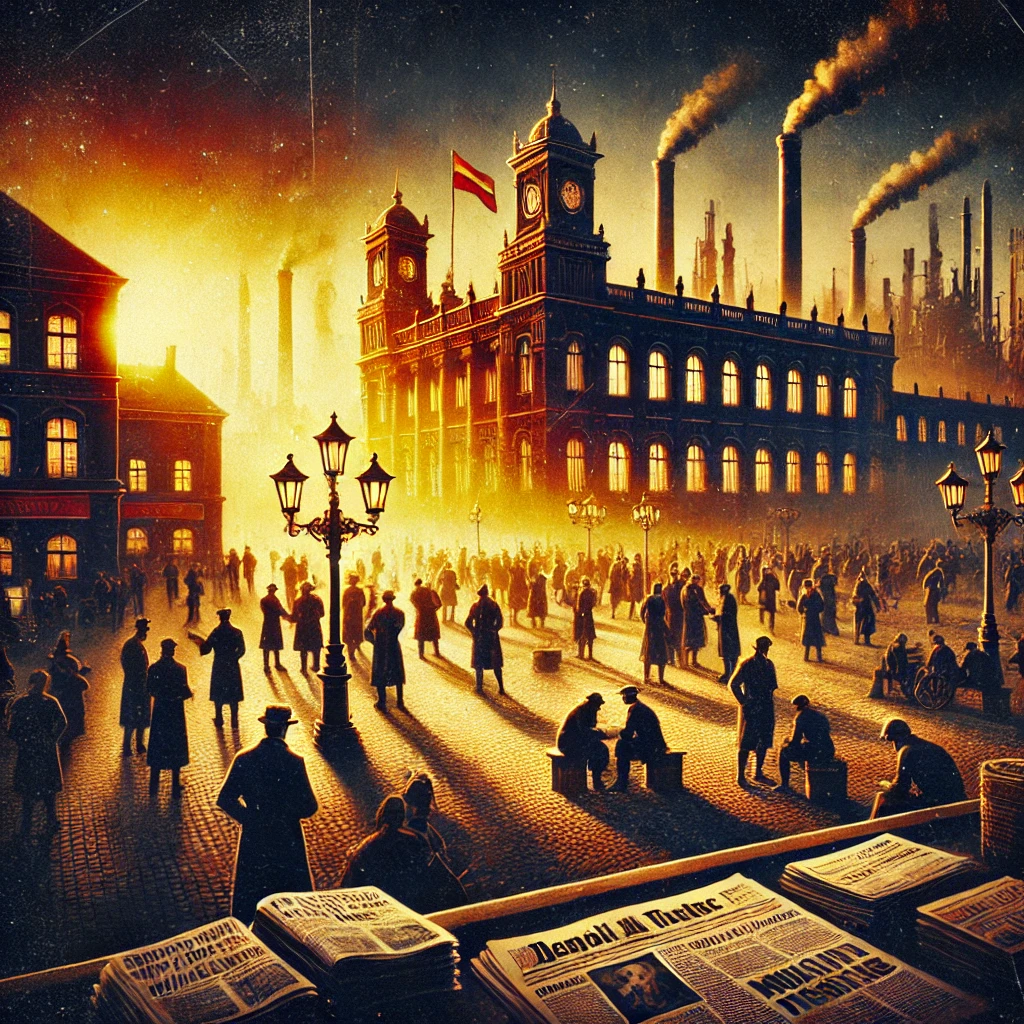Introduction
The early 20th century witnessed a dramatic shift in political ideologies across Europe, with fascism and nationalism emerging as dominant forces in several nations. The period following World War I (1914-1918) created the perfect conditions for these movements to flourish. Economic instability, political upheaval, and social unrest fueled nationalist sentiments, leading to the rise of authoritarian regimes in countries such as Italy, Germany, and Spain. This article examines the key factors that contributed to the growth of fascism and nationalism in Europe, analyzing their consequences and long-term impact on the continent.
1. The Treaty of Versailles and Resentment
The Treaty of Versailles (1919) played a crucial role in fostering resentment among defeated nations, particularly Germany. The treaty imposed harsh penalties, including territorial losses, military restrictions, and heavy reparations. Many Germans viewed these conditions as humiliating and unjust, fueling nationalist sentiments. This dissatisfaction created an environment in which radical ideologies, such as Adolf Hitler’s Nazi movement, gained traction.
2. Economic Instability and the Great Depression
The economic instability of the 1920s and the Great Depression of 1929 significantly contributed to the rise of fascism and nationalism. Many European countries faced severe unemployment, inflation, and social distress. In Germany and Italy, economic hardship led to disillusionment with democratic governments, as people sought strong leadership to restore national stability. Fascist leaders, such as Benito Mussolini and Adolf Hitler, capitalized on economic despair, promising economic revival and national strength.
3. Fear of Communism and Socialist Movements
The success of the Russian Revolution (1917) and the establishment of the Soviet Union instilled fear among European elites and middle-class citizens. Communist and socialist movements gained momentum in various countries, threatening traditional political structures. In response, fascist movements positioned themselves as the defenders of national identity and capitalist interests, gaining the support of industrialists, landowners, and military officials who feared communist revolutions.
4. Political Instability and Weak Democracies
The interwar period (1919-1939) saw the emergence of weak and unstable democratic governments across Europe. Many newly formed democracies, such as the Weimar Republic in Germany, struggled to maintain political order due to frequent leadership changes, coalition governments, and internal conflicts. The inability of democratic institutions to address economic and social crises led to widespread disillusionment, making authoritarian alternatives more appealing to the masses.
5. The Role of Propaganda and Mass Mobilization
Fascist and nationalist leaders used propaganda as a powerful tool to manipulate public opinion. Techniques such as mass rallies, nationalist speeches, and state-controlled media were employed to glorify the nation, demonize enemies, and promote a sense of unity. Figures like Joseph Goebbels in Nazi Germany and Mussolini in Italy mastered propaganda to consolidate power, using slogans, symbols, and militaristic imagery to rally support.
6. Militarization and Expansionist Ideologies
Fascist regimes promoted militarization and expansionist policies as a means to restore national pride and territorial dominance. The concept of “Lebensraum” (living space) in Nazi Germany justified territorial expansion into Eastern Europe, while Mussolini sought to revive the Roman Empire through military conquests in Africa. These aggressive policies not only intensified nationalism but also laid the groundwork for World War II.
7. Cultural and Historical Nationalism
Many fascist movements drew upon historical narratives to legitimize their ideologies. For example:
- The Nazis glorified Germanic history and the idea of Aryan superiority.
- Italian fascists idealized the Roman Empire as a symbol of strength and unity.
- Spanish nationalists under Francisco Franco emphasized Catholic and imperial traditions.
These narratives reinforced national identity and justified authoritarian rule as a means to reclaim past glory.
Consequences of the Rise of Fascism and Nationalism
The rise of fascism and nationalism had profound consequences for Europe and the world:
- Suppression of Political Opponents: Fascist regimes eliminated political opposition through violence, censorship, and persecution.
- Human Rights Violations: The rise of authoritarian rule led to severe human rights abuses, including concentration camps, forced labor, and mass executions.
- World War II (1939-1945): Expansionist ambitions of fascist states contributed to the outbreak of World War II, resulting in unprecedented destruction and loss of life.
- Post-War Democratic Revival: After the defeat of fascist regimes, Europe saw a renewed commitment to democracy, human rights, and international cooperation, leading to the formation of institutions such as the United Nations and the European Union.
Conclusion
The rise of fascism and nationalism in Europe during the early 20th century was driven by a combination of economic, political, and social factors. While these movements promised national rejuvenation, they ultimately led to devastating consequences, including totalitarian rule and global conflict. Understanding these historical developments remains crucial in recognizing the dangers of extremist ideologies and ensuring the protection of democratic values in the modern world.




